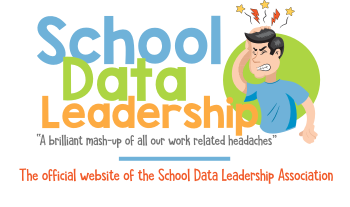Standard 1 - Engaging and Supporting All Students in Learning
Teachers know and care about their students to engage them in learning. They connect learning to students’ prior knowledge, backgrounds, life experiences, and interests. They connect subject matter to meaningful, real-life contexts. Teachers use a variety of instructional strategies, resources, and technologies to meet the diverse learning needs of students. They promote critical thinking through inquiry, problem solving, and reflection. They monitor student learning and adjust instruction while teaching.
1.1 - Using knowledge of students to engage them in learning
1. Understanding Students as People and Learners
Example: A teacher may notice that a student named Maria is particularly interested in art. To engage Maria, the teacher incorporates more visual art activities in lessons and encourages Maria to illustrate her assignments. This personalization helps Maria feel valued and more interested in her studies. Resource: Edutopia: How to Build Relationships with Students
2. Understanding Reasons for Behavior
Example: When a student, Jamal, starts acting out in class, the teacher investigates and learns that Jamal is dealing with family issues at home. By understanding Jamal's situation, the teacher can offer support and adjust classroom expectations to accommodate his needs. Resource: American Psychological Association: Understanding Student Behavior
3. Recognizing Atypical Behavior in Students
Example: A teacher notices that a usually active student, Emma, has become withdrawn and is not participating in class. The teacher contacts the school counselor to discuss potential interventions and support for Emma. Resource: National Association of School Psychologists: Behavioral and Emotional Needs
4. Building Trust and Fostering Relationships
A teacher notices that a usually active student, Emma, has become withdrawn and is not participating in class. The teacher contacts the school counselor to discuss potential interventions and support for Emma. Resource: Edweek: Building Trust with Students
5. Adapting Teaching to Reflect Knowledge of Students
Example: A teacher learns that many students in her class come from agricultural backgrounds. She incorporates agricultural science into the curriculum, making the content more relevant and engaging for these students.
Resource: https://www.edutopia.org/article/connecting-lessons-students-lives
6. Differentiating Instruction
Example: In a math class, the teacher uses tiered assignments to cater to different learning levels. Students who excel are given more complex problems, while those who need extra help work on foundational skills with the teacher's support.
Resource: Reading Rockets: Differentiated Instruction
7. Getting to Know Parents and the Community
Example: Mrs. Lee hosts monthly parent-teacher meetings to discuss student progress and get feedback from parents. She also participates in community events to better understand the cultural context of her students.
Resource: Harvard Family Research Project: Building Family-School Partnerships
